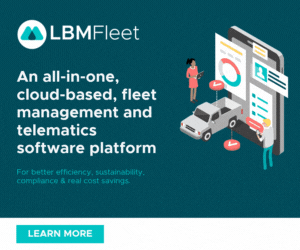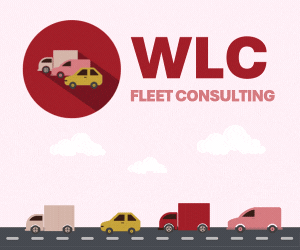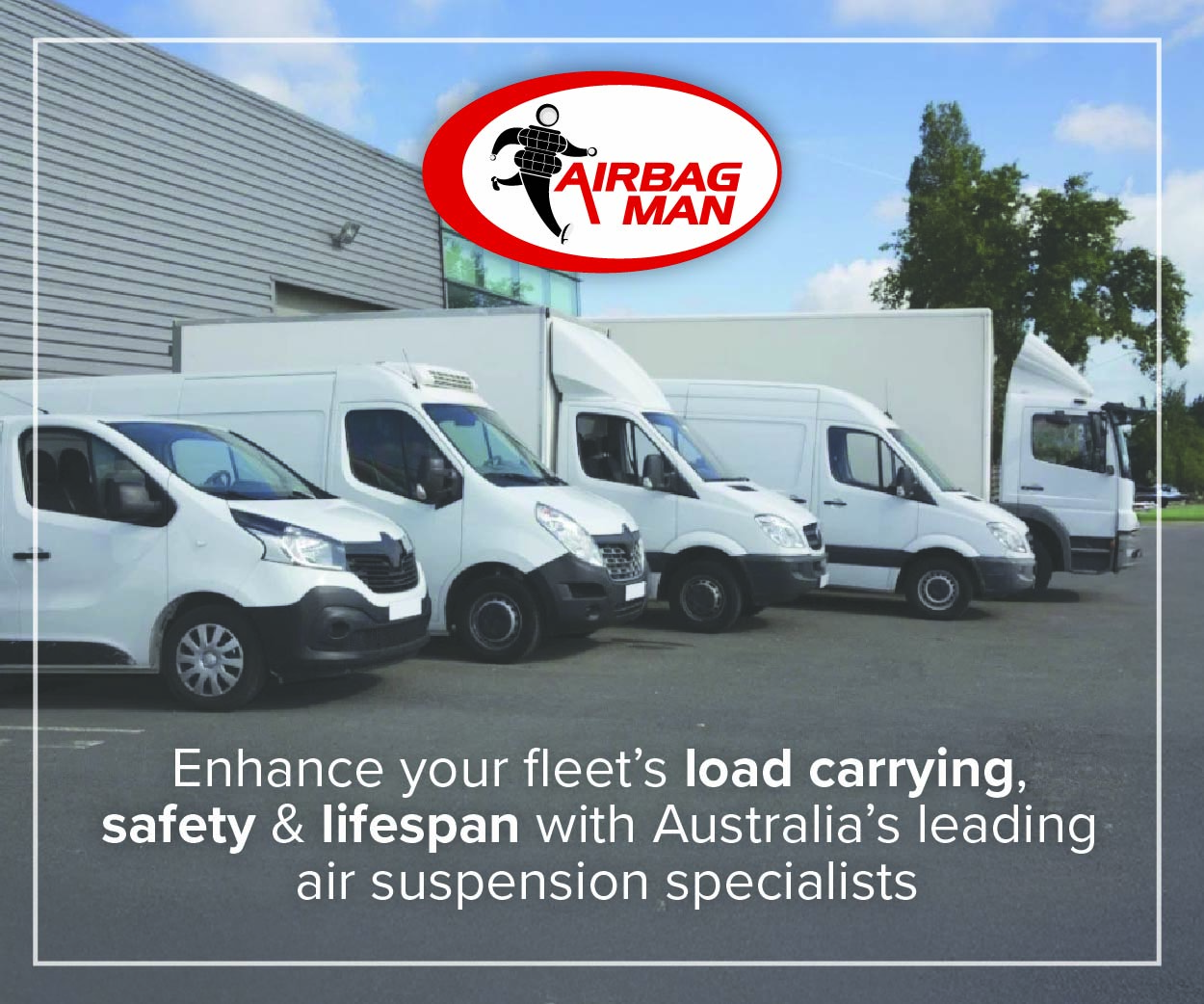Which comes first, the car or the servo? AFMA meets the mastermind playing hydrogen’s long game.
WORDS SCOTT MURRAY | IMAGES HYUNDAI AUSTRALIA/THOMAS WIELECKI/SCOTT MURRAY
Scott Nargar is an incredibly passionate guy. A revhead at heart who wants his kids to grow up in a healthy world. While he gets uncomfortable acknowledging his first car was a Datsun Stanza, he always found making things sparkle and explode in the naked flame of a Bunsen burner fascinating. He’s also a keen fisherman whose eyes, for all the travelling and hard work, smiled when looking forward to a weekend out in his boat.
But at one point in Scott’s life, he came frighteningly close to literally going up in smoke. His professional career made headway as a motoring writer with NRMA while doing road crash testing with ANCAP, setting cars up for crash testing and doing post-analysis reporting. But an innocent stop at a service station almost stopped him from ever making it to the hydrogen fuel cell program at Hyundai.
“I pulled up at an ordinary fuel bowser and began filling up the work van. Somehow I didn’t discharge any static electricity from my body when I stood on the ground, touched the bowser nozzle handle or the car,” he said. “The fumes coming out of the tank and the filler nozzle were sparked by the static and flames burst out onto my hand and face.”
Instinctually, Scott grabbed an extinguisher close by while his hand was still burning, and put the fire out. Naturally, he admits hesitation often got the better of him filling up for a long time. His normally chirpy demeanour subsides when he tells this part of his story. With a loving family at home, he’d be forgiven for being turned away from his motoring passions for good. But he wasn’t.
“I was in Korea about eight years ago doing pole crash tests on a SanteFe and saw some big tanks hanging out the back of an early fuel cell mule, which I got  underneath and had a look at. I was quickly dragged out and told to stop looking at things I wasn’t meant to.” He was hooked.
underneath and had a look at. I was quickly dragged out and told to stop looking at things I wasn’t meant to.” He was hooked.
Scott’s hard work and enthusiasm saw him invited to take part in national research for NRMA on fuel cells, years before anyone had really heard about it. Seeing some of the prototypes inspired him to take board members for a look, and then the opportunity came up with Hyundai.
So what is the Hyundai fuel cell program? The mission is to get mass-produced sustainable fuel cell vehicles on the road around the world. It’s that simple. What isn’t however, is the process. North America and California, and Europe, are constantly pushing tighter and tighter emissions regulations. The main goal for this program, using the ix35 as a platform, is to show people how user-friendly hydrogen fuel cell technology is, and that emissions are literally zero.
The simplest way to explain how hydrogen fuel cells work is this: high-pressure hydrogen gas (made from either solar power and water (known as electrolysis); or steam-reformed natural gas, is stored in the car like a regular LPG tank. A gas pipe runs to the front of the vehicle. There’s no suck-squeeze-bang-blow, no pistons, camshafts, valves or spark plugs; no pulleys, crank or even gearbox. A mixer combines hydrogen with oxygen, which is fed into the fuel cell stack, the hydrogen is split, resulting in electricity and water. The electricity powers a single motor like any regular EV, and the water dribbles out the tailpipe.
“We’ve had 100 years of internal combustion and have made incredible engineering progress in that time. This is no longer future technology, it’s ‘now technology’ – it’s already here,” he said. The biggest benefit is that unlike electric plug-in cars, humans don’t need to change. We don’t need to wait 30 minutes to charge a battery (only three minutes), we don’t need to plug into fossil fuel-powered grids, nor do we need to worry about range anxiety because the ix35 fuel cell vehicle in the UK recently broke the record for the longest continuous journey on a single tank of hydrogen – 600kms. Far greater than any EV. But of course, it’s not as easy to implement as it should and could be.
“The cars are the easy part,” Scott said. “We’ve got to push government and industry to invest in the infrastructure. But the Australian government won’t invest in it. Everything has to be done carbon neutral, except that we’re asking their help to do that. We’re the only first-world country where it’s not happening and it’s frustrating.”

“We’re also exploring other opportunities like local government fleets, car sharing programs and taxi services. Local councils are really positive and as soon as we have right-hand drive cars we can formalise things. Vehicles that council can use where the solar-powered hydrogen depot is built on-site has massive benefits. Then there’s the powering of forklifts, street-sweepers, buses and trucks – there’s so much that can benefit from widespread hydrogen take-up.”
This has been the biggest hurdle for the hydrogen fuel cell industry. It’s growing, but yet again, Australia is behind the rest of the world when it comes to addressing climate change and corresponding technological innovation. Don’t think the pollies are ignorant of hydrogen fuel cells. Malcolm’s had a go, Science Minister Greg Hunt’s jumped in, and former Industry and Science Minister Ian MacFarlane helped launch the program in 2015.
“We’re well aware of the chicken-and-the-egg scenario. We imported the car and installed the station in 2014, but we need a larger commercial station to get it off the ground. We’re working with some of the biggest oil and gas companies in Australia to invest with us. It’s very positive conversation we’re having. Coregas through Wesfarmers, Boc and Linde Group which have built stations across Europe, Air Products and Air Liquide are some of the main companies making all the right signals.”
To add one more metaphor to this story, Scott also acknowledges the work being done by companies such as Tesla in EVs. It’s the tortoise and the hare – while Tesla makes lots of noise (and money) from its gut wrenchingly-quick electric cars, hydrogen fuel cell technology is not slowing down.
“We’ve had a very open dialogue with other manufacturers from day one,” he explains. “It’s something carmaker’s need to come together on. It’s not just making vehicles, it’s training of technicians, servicing and education, working on high-pressure gas and electrical systems. There’s a whole industry waiting to benefit from hydrogen fuel cell vehicles.”
Don’t for a minute think this is a war against oil companies. It’s actually about meeting in the middle and transitioning from oil to other more efficient forms of energy. “We’re basically at the engineering limit of what we can do with oil. We need to work with BP, Shell and Caltex who have the infrastructure, to retro-fit and evolve their product and wean ourselves off oil.”
“We’re coming to a crossroads in Australia. Our oil refineries are old and won’t be upgraded, we’re about to suffer a massive workforce problem when Ford and Holden shutdown plants, we’re losing skilled people to overseas companies. We have a big rift about to open up and here is another opportunity for Australia to get on board with the rest of the world, not wait until it’s too late.” Credit, Scott says, is due to Toyota, Nissan and Honda for backing themselves with the Prius, LEAF and Clarity respectively. “When we look at the Ioniq platform for Australia, it’s going to be a very positive marketplace.”
“For fleet managers, you have the power to influence change, not just for the motoring industry and manufacturers, but for business and government by asking for not just for more advanced and safer vehicles, but cleaner cars too. This is an opportunity for Australia to highlight the technology coming through. We’ve got governments still focused on climate policies that other countries have had in place for years. It’s a difficult time, but also an exciting time – the market is open – and I can’t wait to see what comes through next.”
Most would be forgiven for having not even heard a whisper about the hydrogen fuel cell program at Hyundai. There’s reason for that. “Once we get the next-gen ix35 fuel cell vehicle in right-hand drive, we will really see hydrogen make some noise in Australia – I just can’t let this car out on the roads,” Scott says frustrated, but desperate to show people this car. “I’ve applied for so many concessions and permits, but it’s impossible. This is a full European-spec car with the latest safety gear, but we’ve been told no. If it was a 30-year-old Mustang on the other hand, that’s okay [under vehicle import regulations].” Despite the roadblocks, he finds solace in the power of the people. Namely, you.
“We’re in an election cycle and apparently the focus is on technology and innovation,” he said. “I hope this election doesn’t get distracted with side issues. We need to focus on the future of Australia and ask what cars we want our kids getting around in. Cars spewing out toxic gases or cars powered by sun and water? I know what I pick.” When it comes to major infrastructure, Australia has always struggled. When it comes to climate change, well, just look at Kyoto. “I can keep rattling cages, but we’re way behind and I can’t do it myself. There also needs to be a government that wants to change and have the conversation.”
“South Australia is probably the lead state at the moment. They’re open-minded and aware they’re about to have a big unemployment issue if they don’t do something – and they want to do something about it. We’re having conversations with them at the moment and it’s really positive.”
Last year Scott drove thousands of kilometres across Germany in an HFCV, and has followed every aspect of their development. This technology is chalk and cheese to what it used to be. Due to the lack of regulatory codes here, Nargar had to see the Hyundai refuelling rig built to Californian/North American fire regulations, including earthquake-safe designs. For the fear-mongering Hindenberg aficionados, these babies are safer than Joe Public will ever know.
“There are numerous failsafe valves in the rigs,” he reassures.
“Everything shuts off and is compartmentalised if something does go wrong, the gas is locked away in the over-tested tanks which are 1.5 inches thick of carbon  fibre and are even dropped from heights and over-pressurised. They submit them to fire baths to expand the hydrogen, and they even fire bullets into them!” He says HFCVs are crashed tested like any other regulation vehicle. “It’s seriously harsh testing. Even firefighters we’ve trained and educated on these vehicles will tell you it’s safer than petrol. You can’t walk up to a bowser, cover a service station in hydrogen and set it alight.” Scott knows the last scenario all too well.
fibre and are even dropped from heights and over-pressurised. They submit them to fire baths to expand the hydrogen, and they even fire bullets into them!” He says HFCVs are crashed tested like any other regulation vehicle. “It’s seriously harsh testing. Even firefighters we’ve trained and educated on these vehicles will tell you it’s safer than petrol. You can’t walk up to a bowser, cover a service station in hydrogen and set it alight.” Scott knows the last scenario all too well.
In Europe currently, hydrogen is about €7-10 per kilo for hydrogen and there are hydrogen stations popping up everywhere which means there’s growth to be made, competition driving down prices gradually and ultimately infrastructure supported by government. In Australia, the hydrogen industry is
already a busy place.
“Hydrogen is shipped from Sydney to Perth and Mackay constantly. We use it for cooling coal power stations, making peanut butter, we use it to make glass and steel; it’s very common in manufacturing. It’s relatively easy to make and cost effective when using steam-reformed gas. But again in Australia we’ve stalled on rolling out solar and windfarms which can produce hydrogen through electrolysis. Go to Europe and there are fields of panels and turbines everywhere and even hydrogen stations operating completely self-sufficiently with electrolysers on the roof. It’s brilliant.”
For now, it’s about small victories for Scott Nargar and the hydrogen fuel cell program which he nurses. There’s no reason we can’t be working toward adopting this technology because there are so many potential benefits for doing so. You’ve probably read an article or two from various motoring media about the ‘problems with hydrogen’ and ‘why hydrogen doesn’t work’. But for all the naysayers out there, you just have to look at anything humans have made in the last 200 years – technology always gets better.
“I have a device that can make hydrogen from water at my desk at work to charge my phone,” Scott says. “Anything we can do now to avoid internal combustion, is a step in the right direction. Things evolve quickly in science. The question is: Who wants to move forward? Because there’s no limitation to what we can do with hydrogen – that’s the beautiful part.”
“To think in 20 years’ time we’ll be able to say, ‘We did it, we’ve changed the motoring landscape of Australia for the better. And it all started with our little car in Macquarie Park’. I can’t wait.”
With one last question, it was asked what dream vehicle Scott would love to see powered by hydrogen.
“Definitely my five-foot fishing boat. I love the idea of powering along in a fishing boat that only dribbles water back into the lake.”











